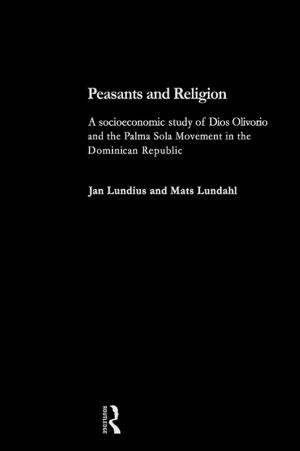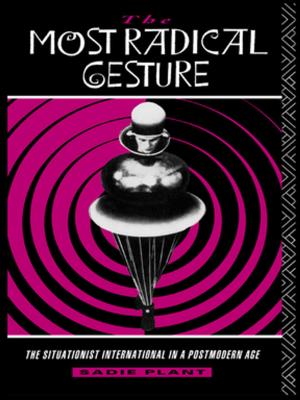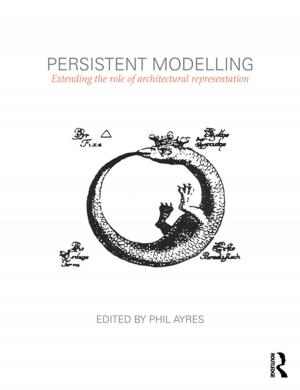Contemporary Psychoanalytic Field Theory
Stories, Dreams, and Metaphor
Nonfiction, Health & Well Being, Psychology, Psychoanalysis, Psychotherapy, Mental Health| Author: | S. Montana Katz | ISBN: | 9781317637080 |
| Publisher: | Taylor and Francis | Publication: | July 28, 2016 |
| Imprint: | Routledge | Language: | English |
| Author: | S. Montana Katz |
| ISBN: | 9781317637080 |
| Publisher: | Taylor and Francis |
| Publication: | July 28, 2016 |
| Imprint: | Routledge |
| Language: | English |
Contemporary Psychoanalytic Field Theory articulates the theory, heuristic principles, and clinical techniques of psychoanalytic field theory. S. Montana Katz describes the historical, philosophical and clinical contexts for the development of field theory in South America, North America and Europe.
Field theory is a family of related bi-personal psychoanalytic perspectives falling into three principal models, which developed relatively independently. One of the principal models is based upon the work of Madeleine and Willy Baranger. The second, constructed by Katz, draws upon what is held in common by the implicit field theories in the United States of the interpersonal, intersubjective, relational and motivational systems’ psychoanalytic perspectives. The third is based upon the work of Antonino Ferro. For each, Katz elucidates its conception of mind, unconscious processes, the specific field concept employed, therapeutic goals, and clinical techniques. Similarities and differences of the models are illustrated.
In the book, a fabricated analytic process is offered in which an analysand, Zoe, is engaged in three analyses. Each analyst works with the techniques of one of the three field theories. Katz conveys the diverging thought processes and technical choices of each analyst and the potentially different therapeutic outcomes of the application of each model. In the final chapters, Katz moves beyond the specific field theories to articulate a concept of a general field which underlies the three field concepts. She explores how to use this generalized field to find a form of common ground amongst the field theories, conjecturing that this generalized concept has application beyond field theory to a greater range of psychoanalytic perspectives.
Contemporary Psychoanalytic Field Theory provides a clear and comprehensive guide that will appeal to psychoanalysts, psychoanalytic psychotherapists, mental health professionals and clinicians, as well as philosophers, psychologists, sociologists and anthropologists.
Contemporary Psychoanalytic Field Theory articulates the theory, heuristic principles, and clinical techniques of psychoanalytic field theory. S. Montana Katz describes the historical, philosophical and clinical contexts for the development of field theory in South America, North America and Europe.
Field theory is a family of related bi-personal psychoanalytic perspectives falling into three principal models, which developed relatively independently. One of the principal models is based upon the work of Madeleine and Willy Baranger. The second, constructed by Katz, draws upon what is held in common by the implicit field theories in the United States of the interpersonal, intersubjective, relational and motivational systems’ psychoanalytic perspectives. The third is based upon the work of Antonino Ferro. For each, Katz elucidates its conception of mind, unconscious processes, the specific field concept employed, therapeutic goals, and clinical techniques. Similarities and differences of the models are illustrated.
In the book, a fabricated analytic process is offered in which an analysand, Zoe, is engaged in three analyses. Each analyst works with the techniques of one of the three field theories. Katz conveys the diverging thought processes and technical choices of each analyst and the potentially different therapeutic outcomes of the application of each model. In the final chapters, Katz moves beyond the specific field theories to articulate a concept of a general field which underlies the three field concepts. She explores how to use this generalized field to find a form of common ground amongst the field theories, conjecturing that this generalized concept has application beyond field theory to a greater range of psychoanalytic perspectives.
Contemporary Psychoanalytic Field Theory provides a clear and comprehensive guide that will appeal to psychoanalysts, psychoanalytic psychotherapists, mental health professionals and clinicians, as well as philosophers, psychologists, sociologists and anthropologists.















